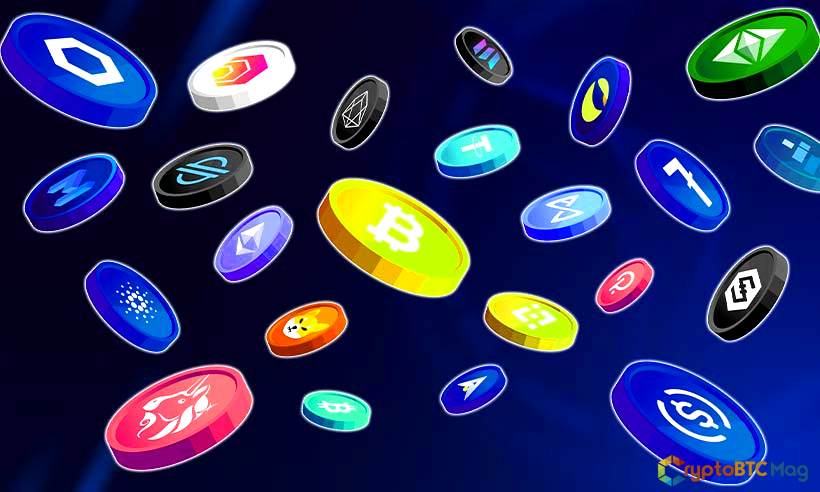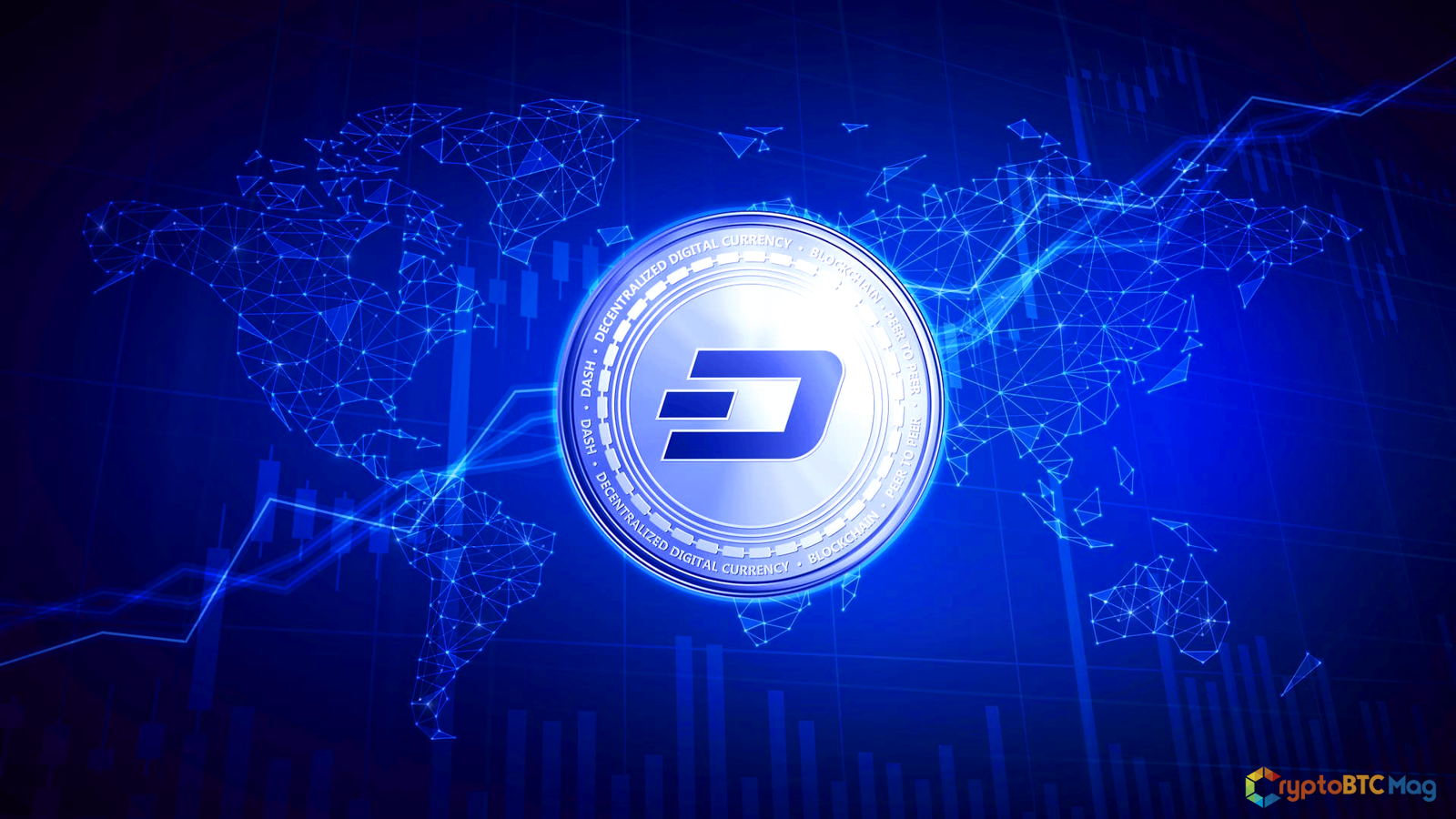
What is a blockchain Technology?
A blockchain is a technique for keeping information that is unchangeable, trustworthy, and transparent, most frequently records of financial transactions. It operates as an ever-expanding chain of data blocks.
The chain can only be altered up until the point where new blocks are added to the end. Everything that is sufficiently ingrained in a blockchain is permanent. It is impossible to alter, impossible to erase, and everyone can witness the transactions. However, because of their pseudonyms, the users can continue to maintain their privacy.
Thousands of users, or nodes, receive access to the entire blockchain’s data through the system. Blockchain does away with the requirement for an intermediary to validate transactions and offer assurances (like a bank does in traditional currency transactions). The data on the blockchain is regarded as genuine and unchallengeable as long as the majority of nodes concur on their shared digital history.
There is no single exploitable weak point because thousands of nodes have taken the place of one central authority. As a result, blockchain is secure for keeping sensitive or critical information like legal documents, medical records, or cryptocurrencies.
BLOCKCHAIN ESSENTIALS
- Decentralized – cared for by numerous nodes as opposed to a single entity.
- Data cannot be modified or deleted after it has been stored on the chain, making it immutable.
- Anyone can access the data, from the earliest block to the most recent, thanks to transparency.
- Private: The actors remain fictitious even though all transactions are made public.
- Safe – Since hacking a blockchain would require taking down the majority of nodes at once, it is almost hard to do so.
An overview of blockchain history
Although the blockchain concept has been around for more than 25 years, Satoshi Nakamoto, the fictitious man behind Bitcoin, is credited with popularizing it. Nobody is aware of Satoshi’s identity or the fact that he even exists. All we know is that someone with that identity made a ground-breaking discovery and produced the first decentralized money, Bitcoin. The breakthrough was made feasible thanks to blockchain technology.
Bitcoin has developed into an international phenomenon since its launch in 2009. It has prompted an increasing number of developers to acknowledge the revolutionary potential of blockchain technology. Today’s most well-known cryptocurrencies all include blockchain as their technological foundation. Blockchain-based cryptocurrencies include Ethereum, Litecoin, and Bitcoin Cash.
But equating blockchain with cryptocurrencies is incorrect. Not all cryptocurrencies are built on the blockchain, and some use different underlying technology to accomplish a comparable result. Additionally, it works the other way around; blockchain has various uses in addition to serving as the basis for cryptocurrencies.
Blockchain network
Decentralization’s significance and benefits must be understood before one can respond to the question “What is Blockchain Technology?
Since there was no other option, information was traditionally kept in centralized systems. Information was previously stored in libraries and (paper) file archives. There was no means to transfer ownership because it was tied to a physical form. In the Middle Ages, when teams of monks painstakingly copied manuscripts by hand before the development of the printing press, you might duplicate an entire library and have two copies of identical books, but that is not what decentralization is about.
Also Read: How to securely store cryptocurrencies?
Decentralization refers to the simultaneous ownership of the same information by all network nodes. A book becomes a new book if it is copied because changes may be made to the copy that is not made to the original. The same blockchain is delivered to a new node when you clone a blockchain for that purpose. Any modifications made to the copy also apply to the original. There is actually just one blockchain that exists simultaneously in all nodes; there is no “copy” or “original” between them.
Digital Technologies
The widespread use of centralized systems persisted with the advent of digital technologies. No longer is the paper used to store information. Rather, it is still kept on servers that have a distinct and known owner. The servers of your bank are where your bank’s data is kept, including your account balance and transaction history. Someone who compromises the server also compromises your bank account. The information is kept in a single spot at a known location. You can access the system if you break into that place.
In a decentralized environment, it would be necessary to break into the majority of nodes simultaneously if someone wanted to access the data. One node at a time hacking is futile. The network will become aware that its data has been compromised. The blockchain copy from the compromised node will then be replaced with a “healthy” copy from the other nodes.
They must be in consensus in order to guarantee that each node genuinely contains the same information. The information that will be stored in the blockchain must be decided by the nodes. To put it another way, nodes vote to decide which version of the blockchain is “correct.” Everybody has the same blockchain because any alternative version is rejected.
The blockchain can be compared to a digital version of a single manuscript being circulated by modern-day monks in their scriptorium. Nodes add to this one “manuscript,” the blockchain. Each node can contribute to it, can check its contents, can ensure that it appears right, and can ensure that every line is in agreement. The distinction is that this one, the virtual document is etched in digital stone and appears simultaneously everywhere in the world, safeguarding all the knowledge contained therein from the past and into the future.





